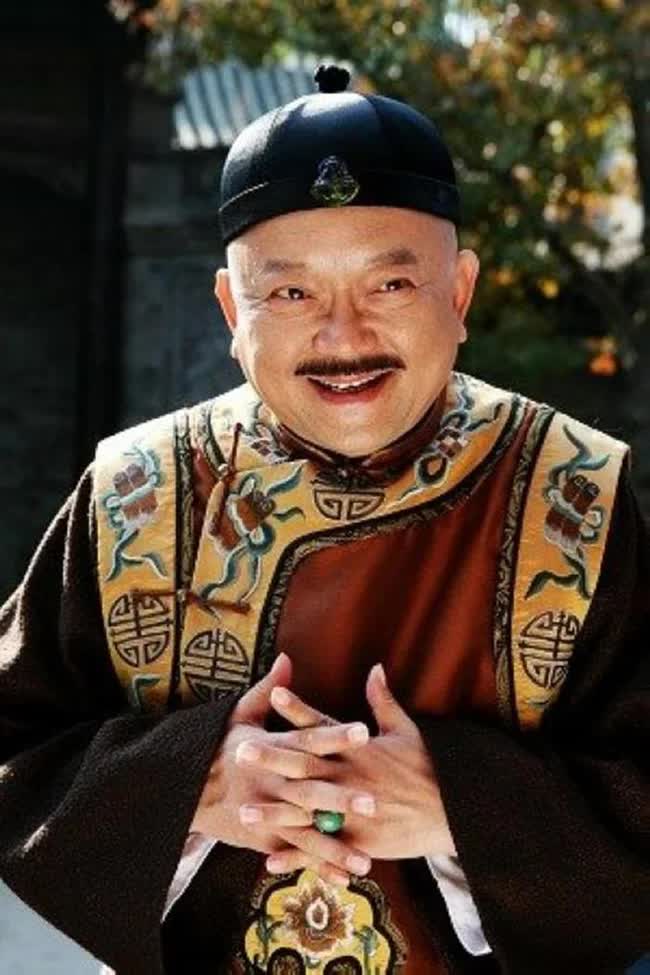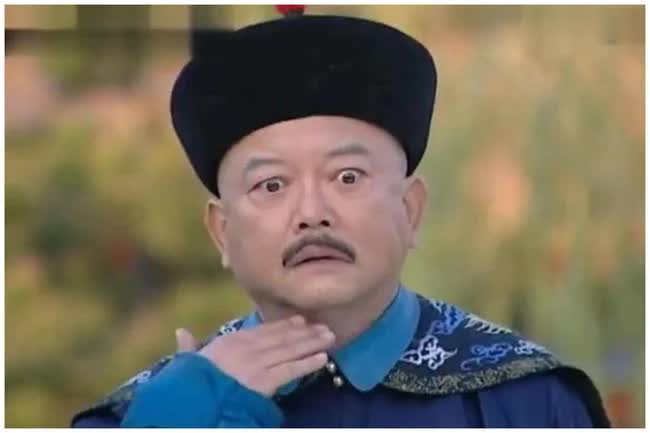Hua Shan is a renowned cultural site located under the reign of the Qing Dynasty in the city of Changlong. It is recognized as a famous tourist destination in Chinese history.
However, despite its popularity, Hua Shan has a mystical aura, showcasing intelligence and strategic prowess, which can be seen as Changlong’s distinctive arm during its glorious period. Although it is well-known, Hua Shan has remained relatively isolated from the central political dynamics, yet its significance to the nation is undeniable.
Hua Shan – A Renowned Tourist Attraction in Chinese History
Originating from the Menzhou region (China), the Hua Shan family is not only famous for its historical significance but also for its military contributions.
Notable figures associated with the Hua Shan lineage include Man, Han, Mongol, and Tibetan, reflecting a rich cultural heritage that has been influential since ancient times.
In the 37th year of the Changlong reign (1772), Hua Shan was appointed as the Minister of the Three Regulations, following the establishment of the Niemei dynasty. Starting from that time, he served as a prominent official, taking on significant roles within the government. After 1784, Hua Shan held many different positions and eventually became a key figure in the main court or the court’s most important officials.
Thanks to the favor of the Changlong dynasty, Hua Shan gained substantial influence. During his tenure, Hua Shan was known for his decisive actions and strategies, often engaging in discussions with government officials.
In popular folklore, the Hua Shan family is often linked with a saying: “If there is Changlong, there is Hua Shan; if there is no Changlong, Hua Shan cannot exist.” The total wealth of the Hua Shan family is estimated to be around 1.1 billion silver taels, significantly contributing to the wealth that the Qing dynasty had to forfeit over 15 years.
Why is Hua Shan Associated with “Hua”?
In various historical dramas set during the Qing dynasty, whenever the character Hua Shan appears, he is often referred to as “Hua Da Ren” (Hua the Great Person). This has led many to mistakenly believe that Hua Shan has a connection with “Hua.”
In reality, Hua Shan is not “Hua.” He is a person from the Zhihong Qi Mengzhou lineage, originally named Tian Bao. After pursuing education, he adopted the name Hua Shan. Therefore, the full name of Hua Shan should be Niu Hu Lok Hua Shan.
The Niu Hu Lok lineage has long been associated with the Menzhou people. Among this lineage, in addition to the divine rights of Hua Shan under the Changlong dynasty, there are many notable figures such as the royal consort of Emperor Kangxi, who was the Empress Xiuchiao, and the Empress Huan of the Hamfeng dynasty, who was the Empress Xiucheng.
Therefore, why do Chinese historical dramas refer to Niu Hu Lok Hua Shan as “Hua Da Ren”? The answer is not clear.
Going back to the Changlong dynasty, the title Niu Hu Lok Hua Shan was known as “Hua Da Ren” or “Hua Zhong Ren.”
This stems from the traditional practice of Menzhou people, which values the importance of titles. In daily life, Menzhou people often pass by names like Niu Hu Lok, Qua Nhi Giay, Ai Tan Giac La, Phu Sat… and directly refer to them. If it were not for important contexts, Menzhou people would not address each other by their full names.
Thus, Hua Shan in historical records for the Qing dynasty often referred to himself as “Shen, Hua Shan,” but it should not be referred to as Niu Hu Lok Hua Shan.
The Thanh family continues to gather cultural contributions from the Central Plains. In Central Plains culture, it is common to refer to “Hua + official title of the official” to denote importance. The Thanh family began to adopt this naming convention.
It is noteworthy that while Hua Shan belongs to the Niu Hu Lok lineage, he is one of the eight prominent lineages of Menzhou, and within this lineage, there are several Empresses. Therefore, there exists a distinction, as it is permitted to take the first name in the family to create “Hua Jia,” which means that the Niu Hu Lok lineage can be referred to as “Niu.”
Additionally, due to this distinction, the Niu Hu lineage must have been established as “Hua,” culminating in the formation of the Hua lineage today.
Since the establishment of the Thanh dynasty, the lineage has produced many notable figures. The Hua family also has many famous personalities from the Menzhou region, alongside the notable figures from other prominent families. Nowadays, the people of the Menzhou ethnic group can find links to Hua Shan.
In fact, after the Thanh dynasty’s demise, the Ai Tan Giac La family and other Menzhou families also changed their names. The Ai Tan Giac La family was renamed “Kim”; the Phu Sat family became “Phu” or “Pho”; and the Qua Nhi Giay family was renamed as “Quan,” “Thach,” “To,” “Ly,” “Cao”; and the Diep Ha Na Lap family was changed to “Diep” or “Na.”
Source: Baidu





















